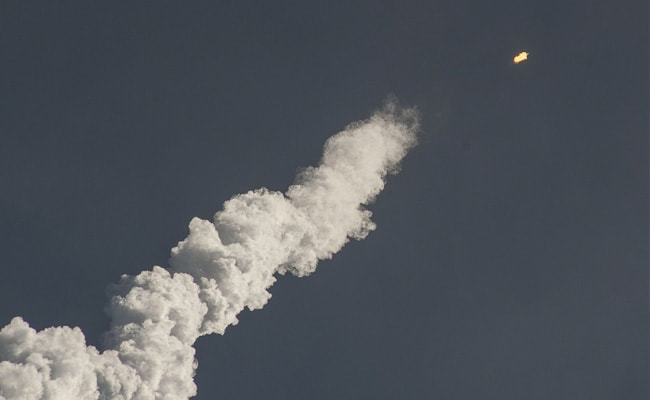The James Webb Space Telescope has made groundbreaking discoveries, detecting the most distant galaxy yet and capturing an image of the closest directly-imaged exoplanet. “Judging by astronomers’ interest in using Webb, there are many more to come,” writes Ars Technica’s Stephen Clark. With immense demand for observation time, Webb is set to explore a vast array of cosmic targets — from early galaxies to exoplanet atmospheres — offering insights that extend far beyond Hubble’s reach. From the report: The Space Telescope Science Institute, which operates Webb on behalf of NASA and its international partners, said last week that it received 2,377 unique proposals from science teams seeking observing time on the observatory. The institute released a call for proposals earlier this year for the so-called “Cycle 4” series of observations with Webb. This volume of proposals represents around 78,000 hours of observing time with Webb, nine times more than the telescope’s available capacity for scientific observations in this cycle. The previous observing cycle had a similar “oversubscription rate” but had less overall observing time available to the science community.
More than 600 scientists will review the proposals and select the most promising ones for time on Webb. The largest share of proposals would involve observing “high-redshift” galaxies among the first generation of galaxies that formed after the Big Bang. Galaxies this old and distant have their light stretched to longer wavelengths due to the expansion of the Universe. Research involving exoplanet atmospheres and stars and stellar populations were the second- and third-most popular science categories in this cycle. […] It seems astronomers have no shortage of ideas about where to look. Maybe one day, new super heavy-lift rockets or advancements in in-space assembly will make it possible to deploy space telescopes even more sensitive than Webb. Until then, we can be thankful that Webb is performing well and has a good shot of far outliving its original five-year design life. Let’s continue enjoying the show.
Read more of this story at Slashdot. Read More








